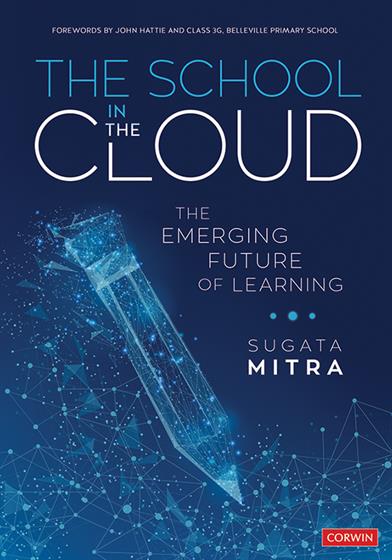Hands-on, Practical Guidance for Educators
From math,
literacy, equity, multilingual learners, and SEL, to assessment, school counseling,
and education leadership, our books are research-based and authored by experts
on topics most relevant to what educators are facing today.

The School in the Cloud
The Emerging Future of Learning
By:
Sugata Mitra
Foreword by John Hattie
Foreword by Class 3G, Belleville Primary School
Discover the results of Sugata Mitra’s latest research around self-organized learning environments (SOLE) and building "Schools in the Cloud" all over the world.
Product Details
- Grade Level: PreK-12
- ISBN: 9781506389172
- Published By: Corwin
- Series: Corwin Teaching Essentials
- Year: 2019
- Page Count: 224
- Publication date: August 28, 2019
Review Copies
Review copies may be requested by individuals planning to purchase 10 or more copies for a team or considering a book for adoption in a higher ed course. Request review copy


